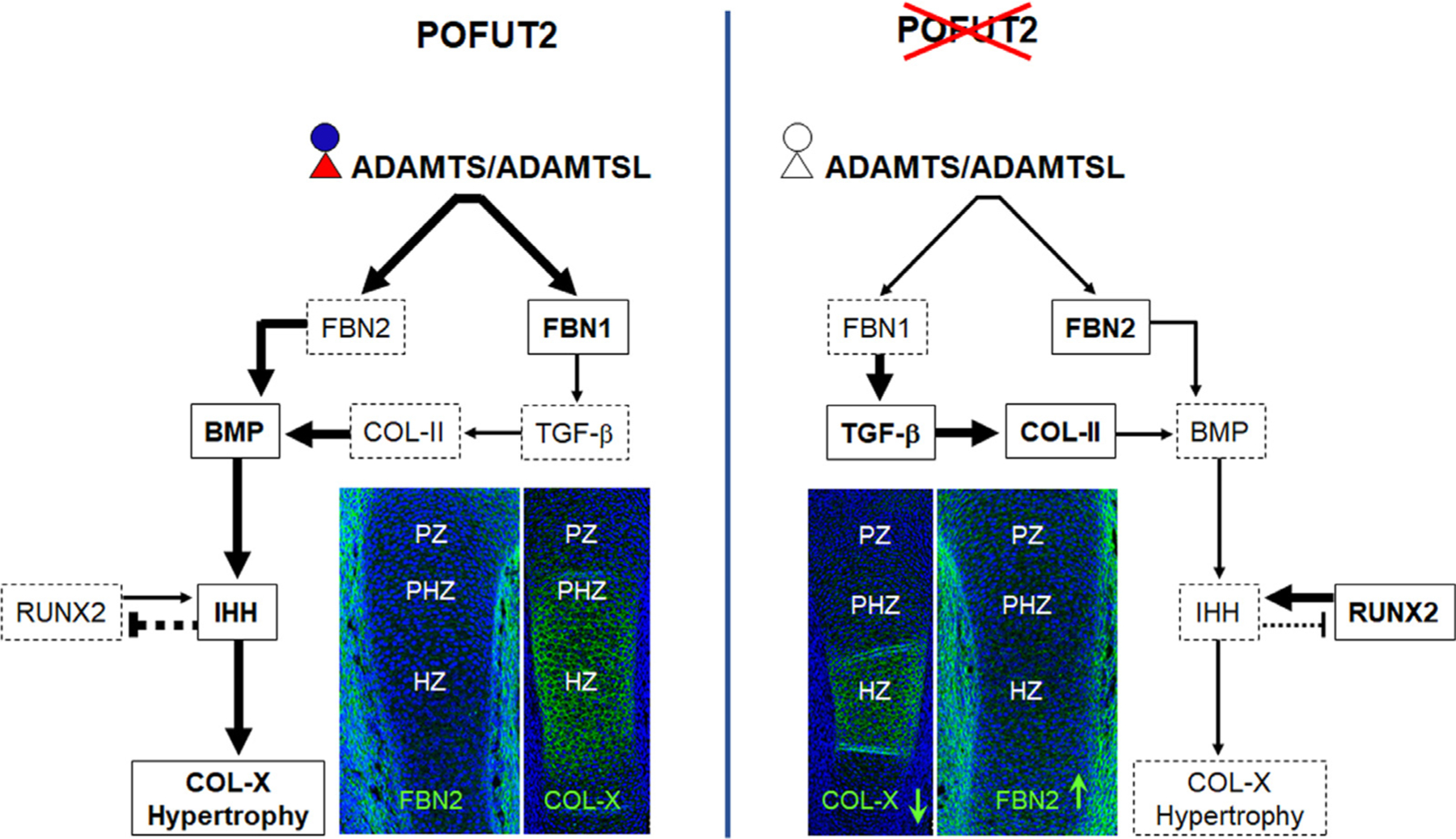Figure 9. O-linked fucose modification of POFUT2 substrates are essential for ECM remodeling and signaling regulation during primary endochondral ossification.

(Left) In control, O-fucosylated ADAMTS/L proteins enhance FBN2 proteolysis and FBN1 biogenesis [23, 33, 34, 46, 50]. Reduced FBN2 and elevated FBN1 decreases the bioavailability TGF-β . In response to reduced TGF-β signaling COL-II synthesis decreases in the proliferating zone. Reduced FBN2 increases the bioavailability of BMPs [36, 52]. Ultimately, BMP signaling promotes IHH signaling essential for chondrocytes differentiation and COL-X synthesis and reduces RUNX2 [43, 44, 57, 60, 84]. (Right) In Prrx1-Pofut2 mutants, impaired O-fucosylation and reduced secretion or altered function of ADAMTS/L proteins elevated FBN2 and reduced FBN1 assembly. Thus, reduced FBN1 could contribute to increased TGF-β, and increased FBN2 to decreased BMP signaling. Increased TGF-β signaling could contribute to elevated COL-II. Whereas, reduced BMP signaling could contribute to elevated RUNX2 and decreased IHH which could lead to decreased chondrocyte hypertrophy and COL-X synthesis. Red triangle and blue circle indicate fucose and glucose, respectively, and black triangle and circle indicate fucose and glucose are absent. Bold fonts in solid rectangles and light fonts in dotted rectangles indicate increased and decreased protein levels, respectively. Thick and thin arrows/or inhibition sign indicate strong and weak signaling, respectively.
